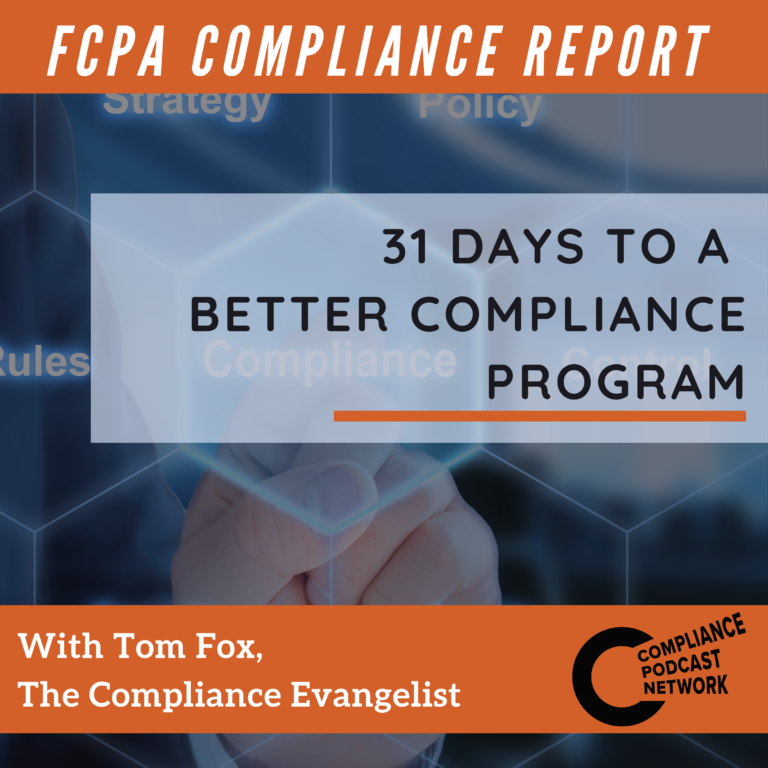Why do people share information? The answer to that question has important implications for every compliance practitioner and compliance program. Sharing is a primary method to communicate and connect. This is always a challenge in any far-flung international corporation, particularly for disciplines that can be viewed as home office overhead at best and the Land of No at worst. Work to hone your message through social media. Part of this is based on experimenting with what message to send and how to send it. Another aspect was based upon the Wave (of all things), its development, and coming to fruition in the early 1980s. It took some time for it to become popular, but once it was communicated to enough disparate communications, it took off. “It’s the same thing with social media. On social media, we think something will go viral because the art is beautiful or the science is full of deep analytics, but it takes time to build the community.”
This means that you will need to work to hone your message and continue to plug away to send that message out. The Morgan Stanley declination will always be instructional as one of the reasons the DOJ did not prosecute the company, as they sent out 35 compliance reminders to its workforce over seven years. Social media can be used in the same cost-effective way to get the message of compliance out and to receive information and communications back from your customer base, the company employees.
Three key takeaways:
- What makes your employees want to share information?
- Facilitate mechanisms that allow sharing with the compliance function.
- The Morgan Stanley declination still resonates.
For more information, check out The Compliance Handbook, 4th edition, here.






